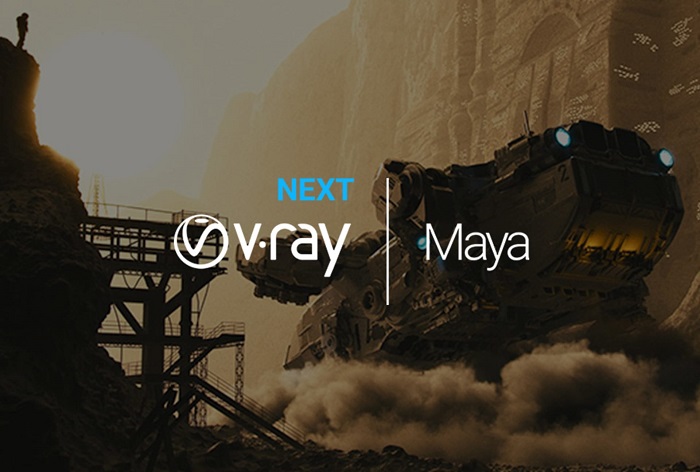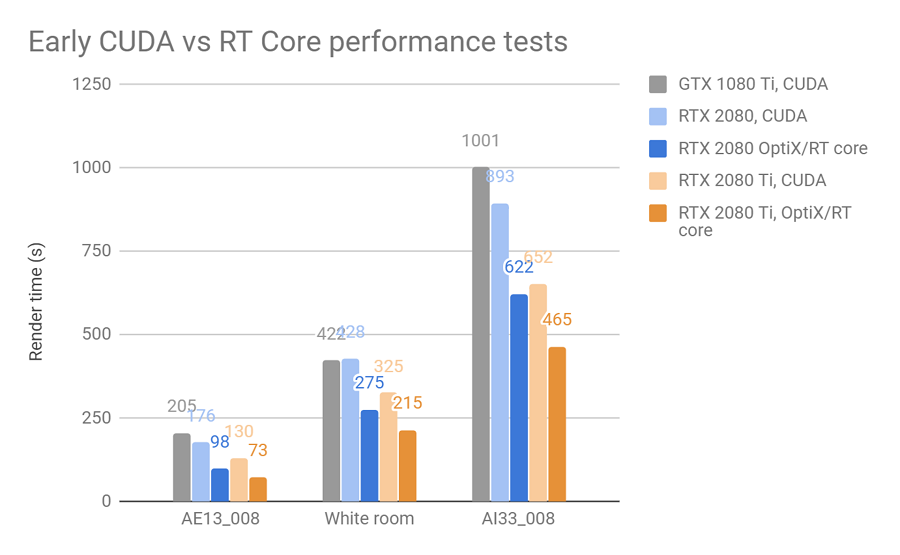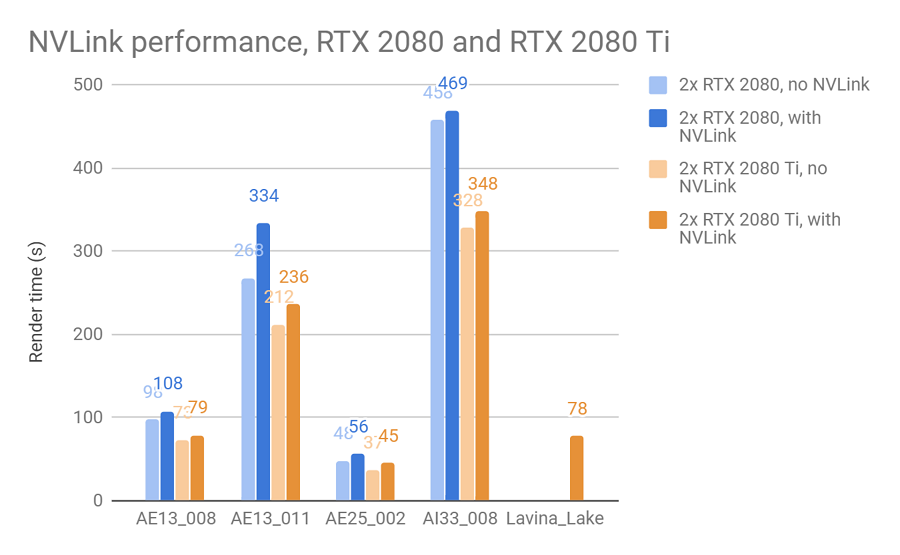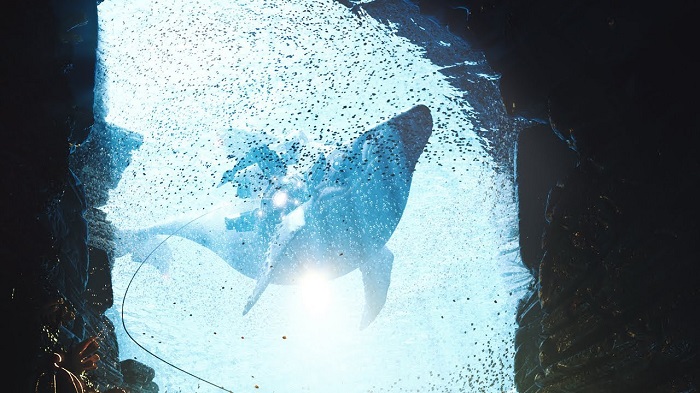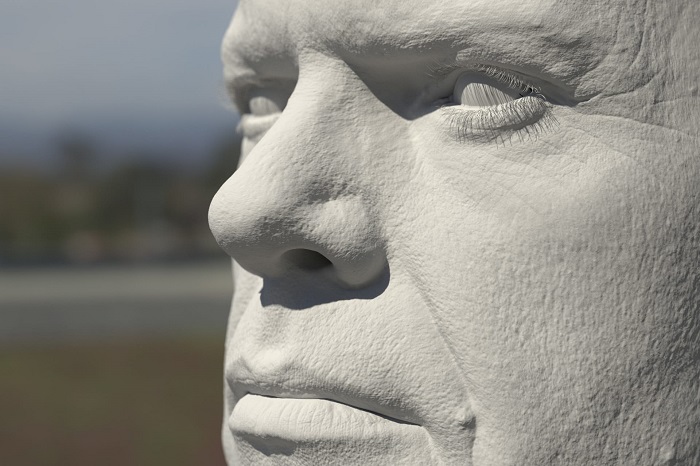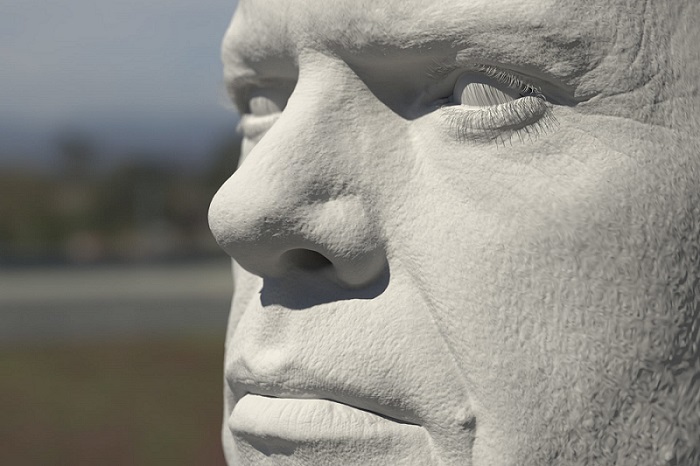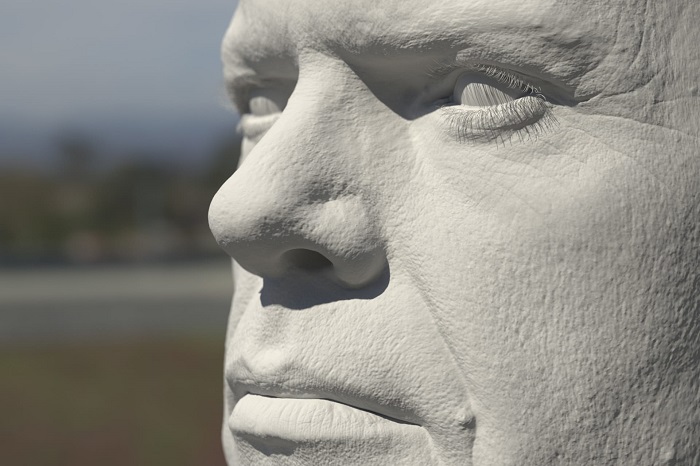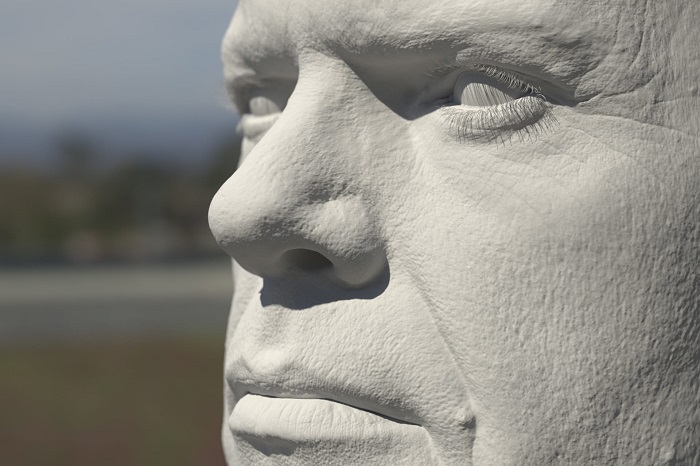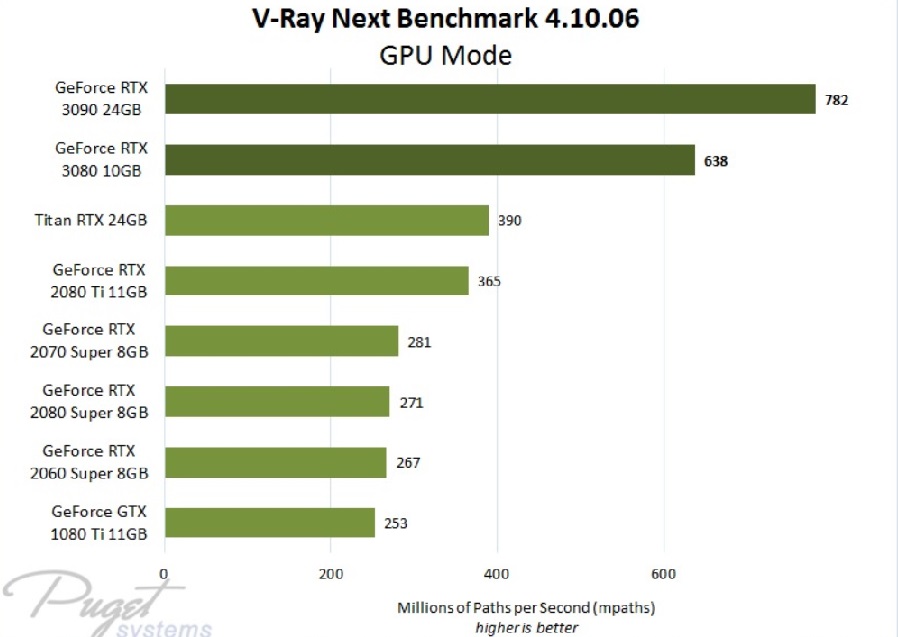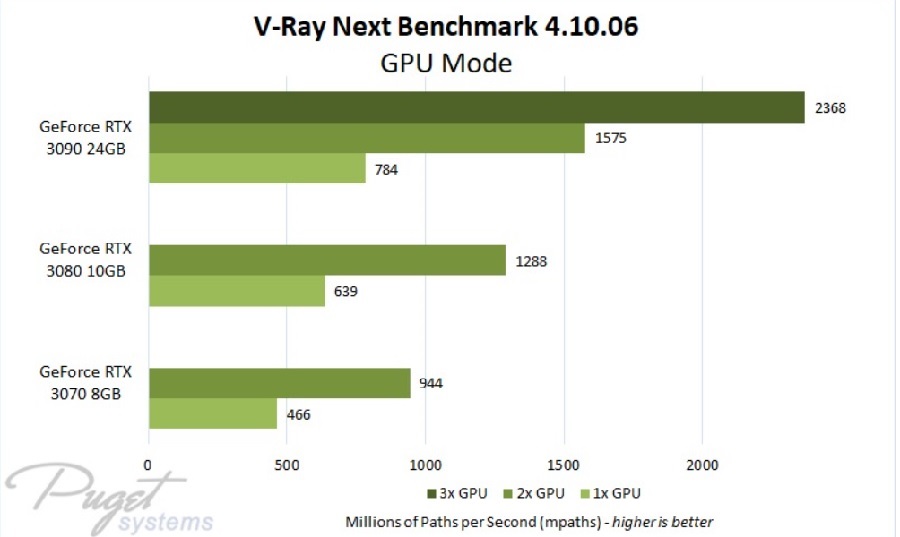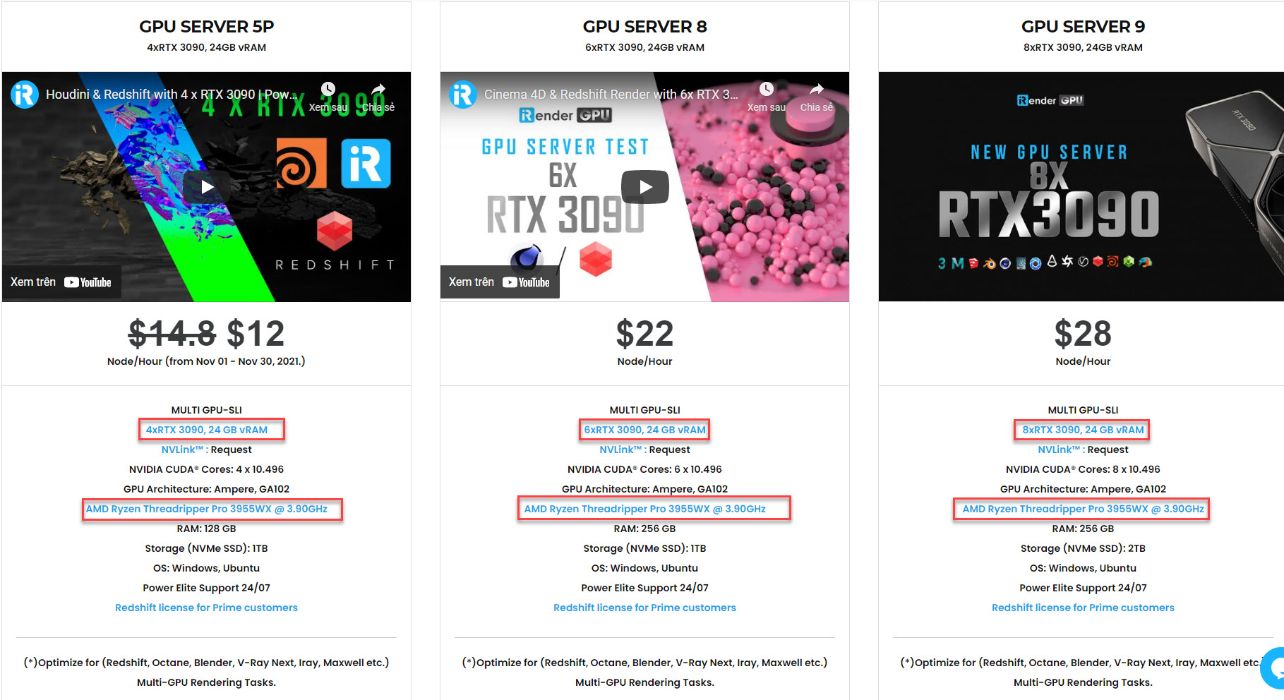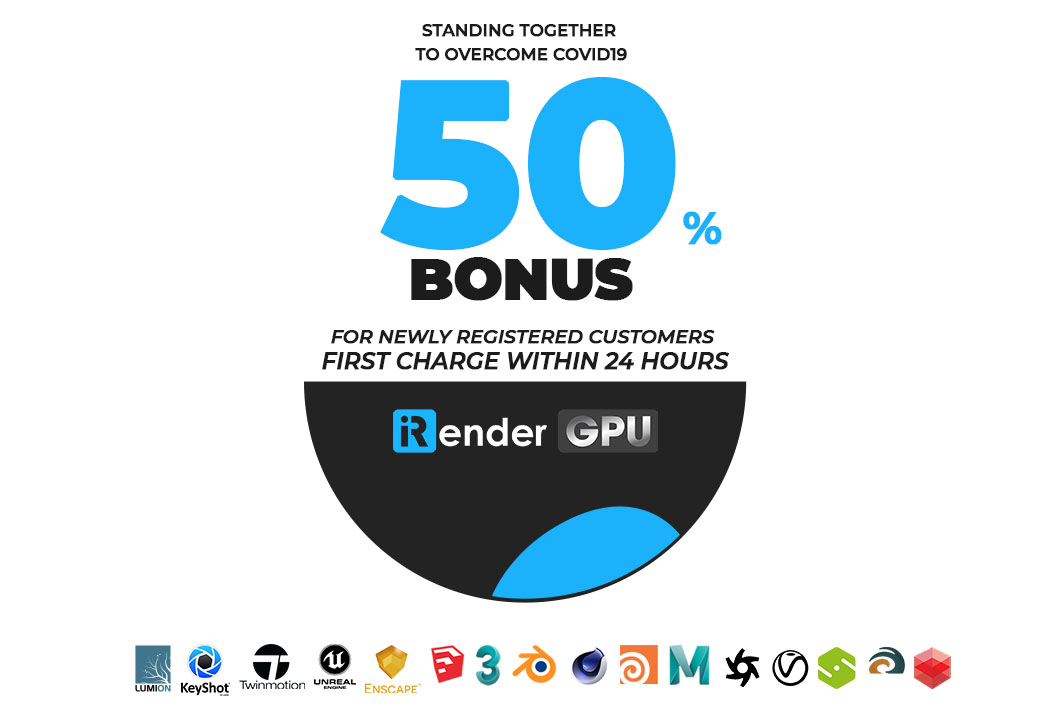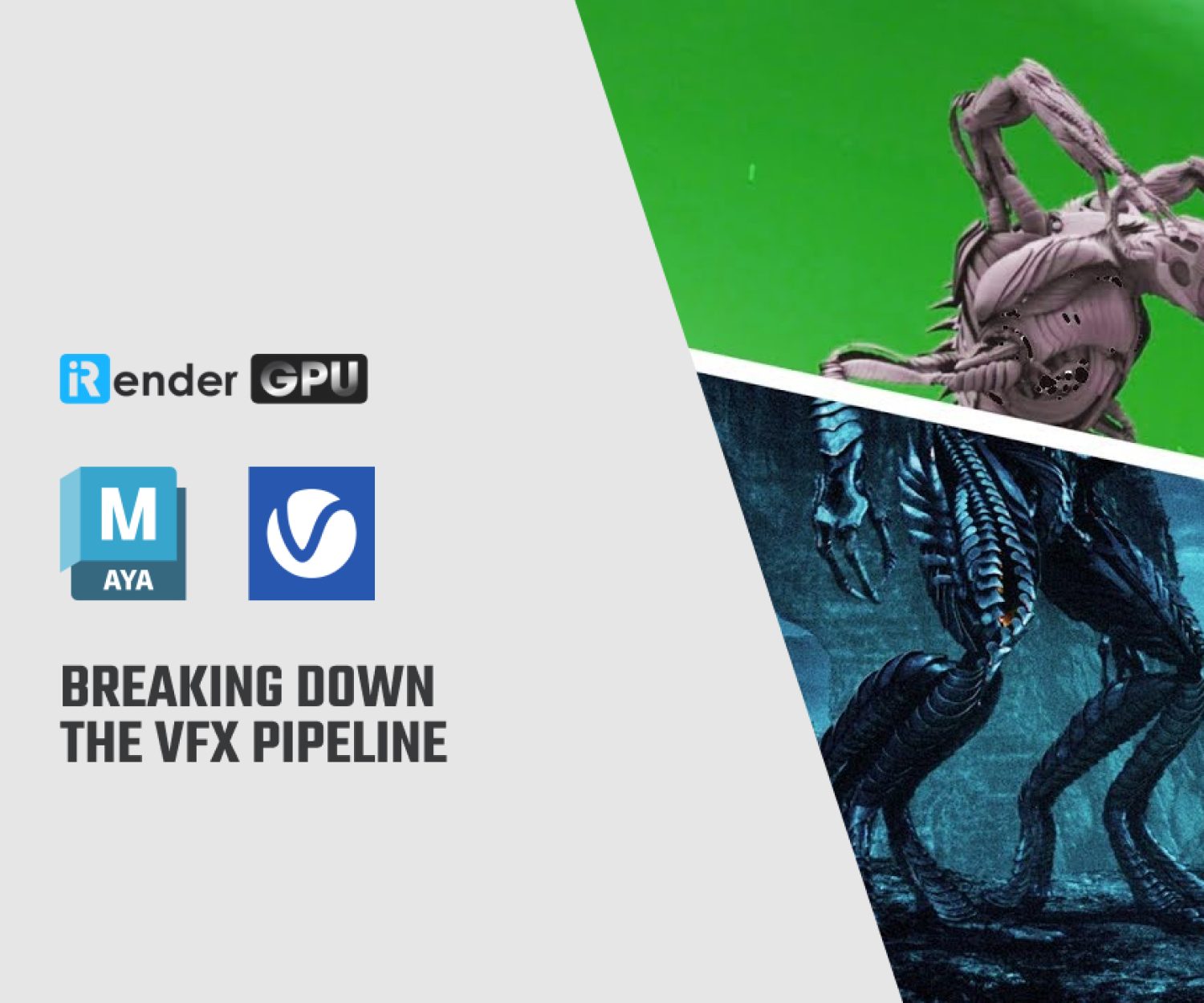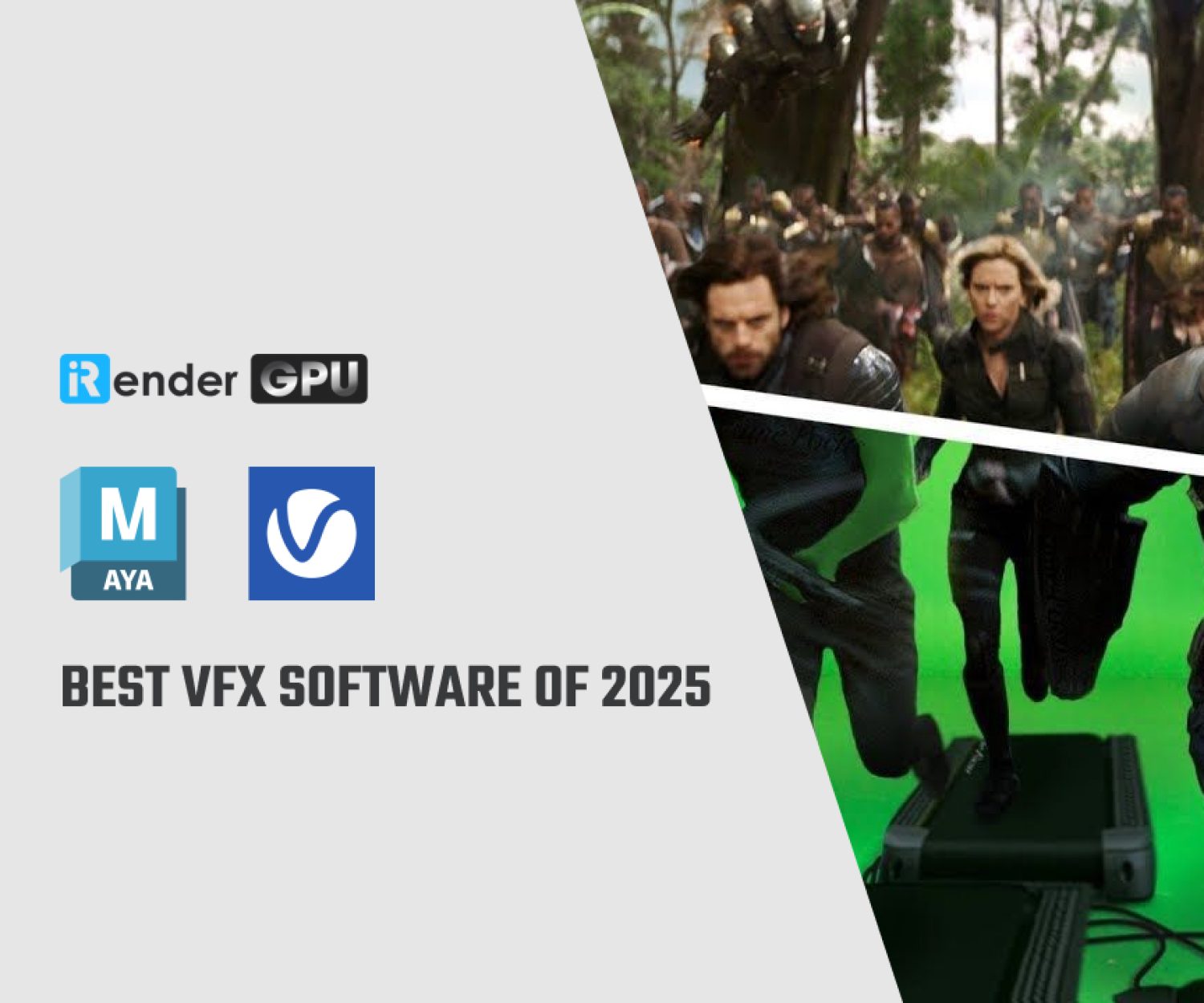The High-Speed GPU Cloud Render for V-Ray Next & Maya
In the recent updates to V-Ray, an area that has generally seen the most considerable advancement is V-Ray GPU. From V-Ray 3.0 to 3.6, many features, optimizations and speed boosts have been added to V-Ray GPU. V-Ray Next for Maya is no exception to this, therefore, in this article, we will attempt to list some of the most notable improvements that users can now benefit from in the latest release. Besides, iRender will introduce the high-speed GPU Cloud Render for V-Ray Next & Maya.
The first thing you can notice is that, without doing anything to your settings and merely opening an old scene in V-Ray Next, your render will be approximately twice as fast. The biggest reason for this is the new architecture of V-Ray GPU: instead of a mega-kernel architecture, V-Ray GPU now uses a multi-kernel architecture. This approach is particularly effective on newer GPU hardware making V-Ray GPU nearly twice as fast — and this positions us well for the future. As new hardware and GPU drivers get released, the new code will take advantage of it and bring artists additional acceleration, such as support for the dedicated RT Cores inside the new RTX cards.
RT Core performance
For this first set of tests, Chaosgroup measured the pure CUDA performance of the RTX 1080Ti, RTX 2080 and RTX 2080 Ti cards and compared them to the RT Core support enabled. For these benchmarks, they used: AE13-008, White Room, AI13-008 scenes. There are still many improvements that are expected to increase performance further.
For the three scenes, the RT Cores provide a speedup of 1.78x, 1.53x and 1.47x respectively compared to the pure CUDA version. To be honest, it is an impressive result, almost double for each scene without doing anything to your settings.
NVlink performance
In addition to the RT Cores, the new RTX cards also support NVLink, which gives V-Ray GPU the ability to share the memory between two GPUs; this has some impact on rendering speed — and in this benchmark, Chaosgroup aims to measure it. In order to enable NVLink, the cards need to be connected with a special NVLink connector (also called NVLink Bridge). For NVLink to work on Windows, GeForce RTX cards must be put in SLI mode from the NVIDIA control panel (this is not required for Quadro RTX cards, nor is it needed on Linux, and it’s not recommended for older GPUs). If the SLI mode is disabled, NVLink will not be active.
Note that the available memory for GPU rendering is not exactly doubled with NVLink; V-Ray GPU needs to duplicate some data on each GPU for performance reasons, and it needs to reserve some memory on each GPU as a scratchpad for calculations during rendering. Still, using NVLink allows us to render much larger scenes than would fit on each GPU alone.
Bucket Rendering
GPU rendering in V-Ray has always been a progressive renderer; this allowed users to see their renderings progressively refined as a complete image and update on-the-fly when in IPR mode. While this can be very useful as an interactive tool, there are still advantages to rendering in buckets — especially when it comes to final frame rendering.
The first advantage is speed. Generally speaking, if you are using a single GPU on your system, you will not see much difference in the speed between Progressive and Bucket mode. However, there could be a more significant difference in speed when running multiple GPUs. Tomasz Wyszolmirski, Studio Director at Dabarti found that, if you use distributed rendering to multiple computers, bucket rendering starts to provide a real advantage more and more.
But speed is not the only reason to decide to use Bucket mode instead of Progressive for GPUs. Bucket rendering also allows for the addition of some new features that were not possible in Progressive mode. While in Bucket mode, users can now add the popular Cryptomatte render element or deep image output in V-Ray GPU.
V-Ray GPU speaks volumes
One of the most anticipated V-Ray GPU features is the ability to render volumes. Not only has this feature been added in V-Ray Next & Maya, but it is also one of the fastest volume ray tracers around. We can’t compare it to previous versions of V-Ray GPU because it’s a new feature. However, users will see that the GPU performs extremely well when rendering volumes.
V-Ray GPU can now render environment fog, as well as volume grids, which can also allow you to render OpenVDB files. Also, you can add 3D textures to the volume grid to be able to add interesting details to your volume.
Recommended Video Card
Since we are talking about Vray GPU, unsurprisingly, the graphics card configuration has the most significant impact on the performance of render process. In V-Ray 3.6, low settings for displacement did not necessarily achieve the most pleasing results. The workaround was to crank up subdivisions high enough to get your desired quality. One of the side effects was that it required a lot more geometry, which put a strain on the GPU memory — which can be at a premium.
The following example shows the displacement in V-Ray 3.6 using a subdivision of 2 and 8. You’ll notice that we need to crank up the quality of the displacement to 8 to get the desired effect, which means we need at least 8 gigabytes of GPU ram to hold the geometry.
In V-Ray Next for Maya, you’ll notice below that, at a subdivision of 2, you can get nearly identical quality as with a subdivision of 8.
Furthermore, the new Hybrid Rendering mode (CPU + GPUs) in V-Ray 3.6 only works with CUDA mode, which requires NVIDIA graphics cards. Users using AMD will not get the embree acceleration because that’s an NVIDIA bonus. When the engine is set to V-Ray GPU with RTX enabled, V-Ray GPU uses the RT Cores in NVIDIA RTX GPUs. Render speed is primarily determined by the number of CUDA cores (the more the better) and the GPU’s clock speed.
As with previous analysis, we recommend NVIDIA RTX GPU with at least 8GB VRAM:
- RTX 3070 8GB – As a budget option this card is quite impressive, beating all previous-gen cards, but for the additional $200 the RTX 3080 is definitely more appealing with ~30% faster rendering and 20% more VRAM unless it just doesn’t fit in your budget.
- RTX 3080 10GB – This card is more affordable and offers better rendering performance-per-dollar if you consider the card alone. However, its lower amount of VRAM (compared to the RTX 3090) may limit the complexity of scenes you can render and it lacks NVLink support as well.
- RTX 3090 24GB – This card is about 20% faster for rendering than the RTX 3080, with 140% more onboard memory and support for NVLink. That means it will be much better suited to working with large scenes and detailed geometry.
The Professional Multi-GPU Cloud Render for V-Ray Next & Maya
The GPU-accelerated version of V-Ray is able to utilize multiple GPUs and does so very effectively. It will not be a perfect “4 GPUs is 4x faster”, but you can expect significant performance improvements with every card you add. However, since V-Ray is using the cards for compute purposes they do not need to be in SLI mode.
Running multiple GeForce RTX 30 Series video cards provides excellent scaling in V-Ray Next GPU. Looking just at the results of secondary cards, we can see that stacking a few of those will give fantastic rendering performance. It is almost perfect scaling from 1 -> 2 – > 3 GPUs. Especially, scaling from a second video card is still respectable – in the range of 83 to 93% improvement. This mirrors what we have seen in some other GPU rendering engines, like OctaneRender. That’s the reason we recommend using at least 2 GPUs for V-Ray Next & Maya to get the best performance.
At iRender, we have developed multiple RTX 3090 workstations specifically optimized and configured for GPU rendering workflows, from single- GPU 1x RTX 3090 to Multi-GPU 2/4/6/8 x RTX 3090, you can choose one server that is suitable for your demand and your software to get started. You are guaranteed to experience maximum performance for your budget.
Users will remotely connect to our server, install their software only one time and easily do any intensive tasks like using their local computers. We offer clients the powerful processor Intel Xeon W-2245 @ 3.90GHz / AMD Ryzen Threadripper Pro 3955WX @ 3.90GHz and up to 1 TB SSD to load your scene quickly.
Moreover, on-demand NVLink helps you increase the amount of VRAM to 24 x 2 = 48 GB which is powerful enough for very large projects/cache. We are confident that we are the only render farm where you can experience NVLink and Multi-GPU with Vray. This November, we are offering you a discount of 20%, you only need to pay 12 USD for one hour using 4x RTX 3090 and maximize your speed.
Conclusion
In parallel with providing a variety of additional features for users such as Snapshot, Clone, NV Link, APIs,… iRender team has developed iRender mobile app to help users to render on a mobile phone. With all the outstanding advantages mentioned above, you must have found yourself the perfect choice for V-RAY. We provide unmatched support tailored to your specific needs and goals. SPECIAL OFFER for this November: Get 50% BONUS for all newly registered users. Let’s CHECK IT OUT!
For further queries, please feel free to contact Ms. Jenny: [email protected]. Now get a coupon here to enjoy the superpower of Multiple RTX 3090. We do the rendering, the creativity is yours!
iRender – Happy Rendering!
Source: pugetsystems.com
Related Posts
The latest creative news from Maya Cloud Rendering, 3ds Max Cloud Rendering , Redshift Cloud Rendering, Cinema 4D Cloud Rendering , 3D VFX Plugins & Cloud Rendering.

